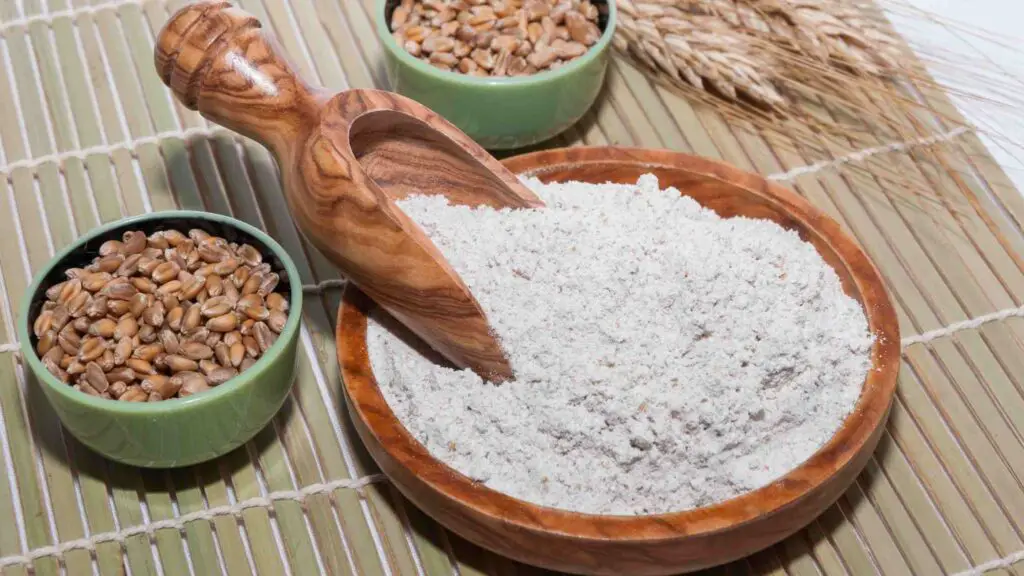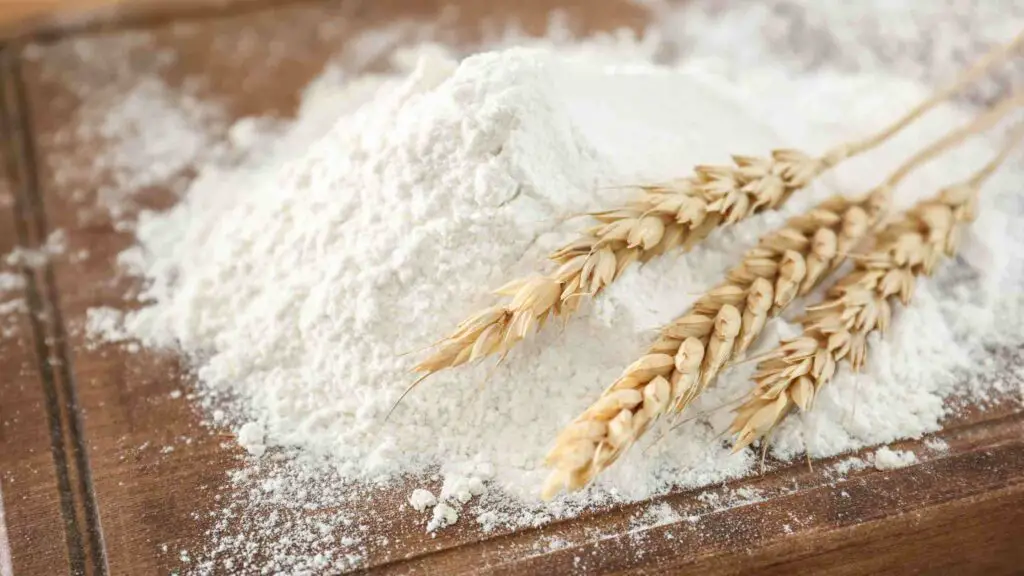Why there is wheat shortage in the united states, Canada, and united kingdom? The climatic changes are influencing the competition for limited resources. Our food system is also under tremendous strain from several non-climate factors. Recently, the wheat shortage has drawn attention because experts fear it could lead to a global food crisis.
The Ukraine crisis and increasingly severe weather occurrences are putting massive pressure on the world’s wheat supply. This poses a threat to the production of grain everywhere. What is the source of the problem, and how are nations addressing the shortage? Let us look in detail at the wheat shortage and its effects.
Wheat is grass grown primarily for its seed. It is a cereal grain that is a typical diet worldwide. Wheat is the third most popular crop in the world after maize and soybeans. It continues to be an essential part of food security today as one of the most traditional, affordable, and adaptable grains.
A significant source of carbohydrates is wheat. It is the primary source of vegetable proteins in human consumption globally. It has a relatively high protein level of roughly 13% compared to other major cereals. Wheat also has a low protein quality when providing essential amino acids. Wheat is a source of numerous minerals and dietary fiber when consumed whole.
Why Wheat shortage in the world Problem?
The world’s food supply sustainability for the present and future generations depends on this nutrient-dense grain. Wheat has long been a common ingredient, particularly in developing nations but even in industrialized countries. Flour is made from more than 80% of the world’s wheat.

Even though it is grown worldwide, a few nations control wheat production. Just three countries hold the world’s wheat reserves. But they account for about 68% of the world’s wheat exports. Some of the world’s most vulnerable and underdeveloped nations depend on these three countries for more than half of their wheat supplies.
Also Read – Why there is cornflour shortage?
Russia and Ukraine are the major players in the highly competitive global wheat market. These two countries account for less than 30% of the world’s wheat exports. They are commonly referred to as breadbaskets for most of the world.
Most of the wheat they produce is sent to North Africa, the Middle East, and Asia. The top importers are Egypt, Indonesia, Bangladesh, Turkey, and Yemen. Additionally, 20% of the total food commodities purchased by the World Food Programme in 2020 came from Russia and Ukraine, significantly aiding in preserving global food security in underdeveloped countries.
When Russia attacked Ukraine in February 2022, the situation significantly changed. Experts have been raising the risk of wheat shortages almost since the start of the war. At first, they worried that Ukrainian farmers might be unable to finish harvesting and cultivating new ones this year. This leads to the disruption of local and global supply systems.
However, after almost four months of fighting, it is now evident that the damage could be considerably more than predicted. This may threaten the world’s wheat supplies. The effects of wars on the food chain will always eventually be seen on a grander scale. Although armed conflicts immediately cause food shortages in the countries involved, they are also directly connected.
As we know, the COVID-19 pandemic began in 2020. It has caused supply chain risk for many businesses. In terms of the wheat shortage, the conflict between Russia and Ukraine, the two significant producers of wheat, has worsened matters. By addressing this conflict, Mercy Corps, an organization that provides relief to the needy worldwide, says this has contributed to food inflation.
Causes of wheat shortage
The world is preparing for the effects of a potential global wheat crisis. This is because the conflict develops, and the situation grows more insecure. Due to farmers’ inability to grow crops, the United Nations warned that 30% to 40% of Ukraine’s autumn 2022 harvest is in danger.

However, there is another element threatening wheat harvests in Russia and Ukraine. Together, the two nations generate almost one-third of the ammonia and potassium exported worldwide, which are vital components of fertilizers. The Ukraine-Russia conflict fueled a shortage of key raw resources, which led to a price increase of around 30%. Additionally, energy prices have risen due to sanctions against Russia, raising the price of fertilizers.
Besides these issues, climate change-related events are becoming increasingly crucial regarding food insecurity. The world faced a wheat shortage in the summer of 2021 due to heatwaves and droughts that hit the United States and Canada. These countries are the world’s second and third-largest wheat exporters after Russia.
Ukraine and Russia recently reached an agreement brokered by the United Nations and Turkey. This allows Ukraine to resume Black Sea grain exports. It is to be noted that the world markets have benefited from the move. The UN Food and Agriculture Organization Food Price Index tracks a list of popular trading commodities. This had fallen for the fourth month in July after reaching a new high earlier in the year. However, price cuts are likely to hit consumers later.
Wheat shortage in 2023
This year’s food crisis is primarily the result of a logistical breakdown. This has been caused by problems shipping Ukrainian and Russian grains out of the countries. However, the food supply may be at risk next year, particularly in Ukraine.
Russia’s invasion of Ukraine threw a wrench in the annual farm cycle, disrupting the spring sowing season in April and May. From September to November, another sowing cycle takes place. Ukraine’s President Volodymyr Zelenskyy warned on Twitter in July that the country’s farm harvest could be cut in half this year due to the war.
In an August report, McKinsey & Company forecasted a sharp drop in harvest volumes. They estimated that Ukraine’s wheat production would fall by 35% to 45% in the next harvesting season.
The USDA’s statistics service predicted that 590 million bushels of hard red winter wheat would be produced in the United States, which was one of the most surprising forecasts. Analysts predicted 685 million, far below last year’s 749 million. It would be the smallest HRW harvest in the United States since 1963.
The situation in Ukraine creates significant uncertainty in the wheat market because the Russian military still occupies parts of the country. Ukraine’s 2022–23 wheat harvest, planted last fall, was estimated by the USDA to be 21.5 million metric tons. This value is a 10-year low and 35% lower than the previous year.
Analysts expect Canada’s wheat harvest to recover 50% from last year’s drought-stricken disaster. The planting pace and dry conditions will be scrutinized. According to the USDA, the total crop in the United States is up 5% yearly. But this is entirely due to speculative spring wheat assumptions.
Alternatives for wheat shortage
Since food is the fundamental thing for survival, we should always prepare for any shortages. Preparation is the only way to protect ourselves from shortages and inflation. Here’s an essential food list of items to consider purchasing to store up in case a survival wheat shortage occurs:
- Flour (Types: white, wholemeal, self-raising)
- Rice
- Noodles.
- Vegetables and Fruits (Types: Dried, Canned, and dehydrated)
- Lentils
- Oats
- Pasta (Types: white and wholewheat)
However, because food choices are based on every individual’s unique taste, we cannot suggest them. These are all just some of the alternatives available in our market. We can consider these foods while the wheat shortage persists.
Conclusion
Wheat inventories in the United States, Canada, Argentina, and Australia are already drained. Countries unable to purchase wheat from Russia or Ukraine are looking for alternatives. Wheat-producing countries are under pressure due to high demand and the potential for monopolization.
A lack of wheat does not simply mean that bread will be more expensive. There is more of a domino effect at work here. Ukraine cannot sell its grain; farmers cannot plant new crops or harvest existing ones, resulting in crop failure.
Furthermore, millions of Ukrainians are fleeing the country or being drafted into the military. This means there are no workers in the fields, even if they could find a way to export the wheat. This will inevitably have a long-term economic impact.
It is impossible to predict the long-term impacts of the global wheat shortage. We also could not assume how long this situation would last. It’s entirely out of our hands. But all we can do is keep doing our best with the resources we have to continue supplying fresh bread and baked goods throughout the shortage.
